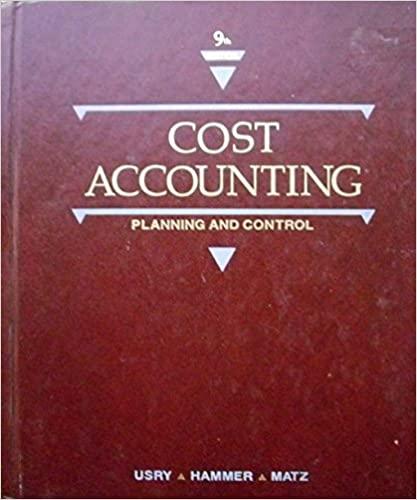Answered step by step
Verified Expert Solution
Question
1 Approved Answer
LO 4-2, 4-3, 4-4, 4-5 i Exercise 4-17A Comprehensive erercise with sales discounts Junker's Stash started the 2016 accounting period with the balances given in

Step by Step Solution
There are 3 Steps involved in it
Step: 1

Get Instant Access to Expert-Tailored Solutions
See step-by-step solutions with expert insights and AI powered tools for academic success
Step: 2

Step: 3

Ace Your Homework with AI
Get the answers you need in no time with our AI-driven, step-by-step assistance
Get Started


